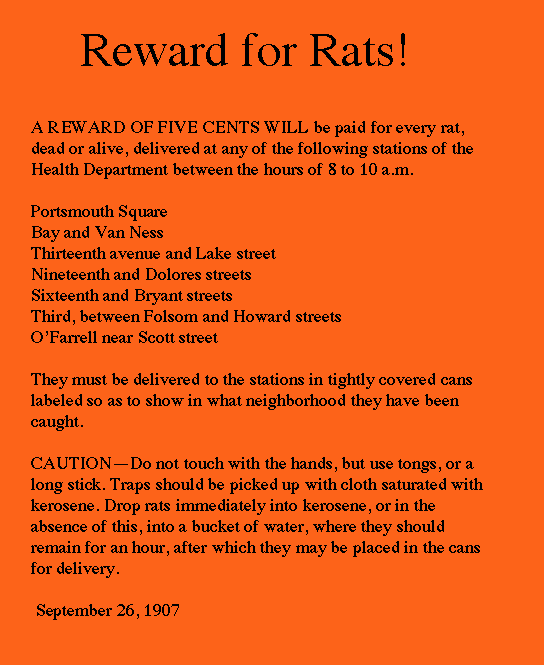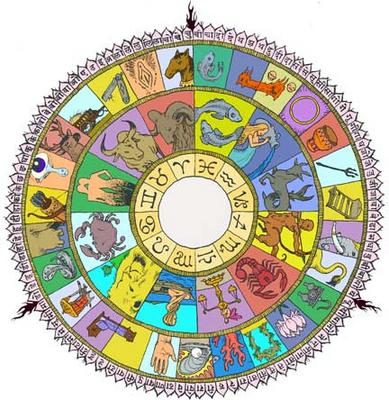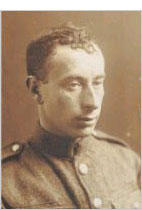 In the depths of the Great Depression in 1932, police and Army soldiers (under the command of General Douglas MacArthur) forceably evict World War One veterans from their "Hooverville" camp in Washington DC, where they had marched to demand pension "bonuses" the US government had promised them. (Unnamed Associated Press photographer)
In the depths of the Great Depression in 1932, police and Army soldiers (under the command of General Douglas MacArthur) forceably evict World War One veterans from their "Hooverville" camp in Washington DC, where they had marched to demand pension "bonuses" the US government had promised them. (Unnamed Associated Press photographer)Tommy
Rudyard Kipling (1892)
I WENT into a public 'ouse to get a pint o' beer,
The publican 'e up an' sez, " We serve no red-coats here."
The girls be'ind the bar they laughed an' giggled fit to die,
I outs into the street again an' to myself sez I:
O it's Tommy this, an' Tommy that, an' " Tommy, go away " ;
But it's " Thank you, Mister Atkins," when the band begins to play
The band begins to play, my boys, the band begins to play,
O it's " Thank you, Mister Atkins," when the band begins to play.
I went into a theatre as sober as could be,
They gave a drunk civilian room, but 'adn't none for me;
They sent me to the gallery or round the music-'alls,
But when it comes to fightin', Lord! they'll shove me in the stalls!
For it's Tommy this, an' Tommy that, an' " Tommy, wait outside ";
But it's " Special train for Atkins " when the trooper's on the tide
The troopship's on the tide, my boys, the troopship's on the tide,
O it's " Special train for Atkins " when the trooper's on the tide.
Yes, makin' mock o' uniforms that guard you while you sleep
Is cheaper than them uniforms, an' they're starvation cheap.
An' hustlin' drunken soldiers when they're goin' large a bit
Is five times better business than paradin' in full kit.
Then it's Tommy this, an' Tommy that, an` Tommy, 'ow's yer soul? "
But it's " Thin red line of 'eroes " when the drums begin to roll
The drums begin to roll, my boys, the drums begin to roll,
O it's " Thin red line of 'eroes, " when the drums begin to roll.
We aren't no thin red 'eroes, nor we aren't no blackguards too,
But single men in barricks, most remarkable like you;
An' if sometimes our conduck isn't all your fancy paints,
Why, single men in barricks don't grow into plaster saints;
While it's Tommy this, an' Tommy that, an` Tommy, fall be'ind,"
But it's " Please to walk in front, sir," when there's trouble
in the wind
There's trouble in the wind, my boys, there's trouble in the wind,
O it's " Please to walk in front, sir," when there's trouble
in the wind.
You talk o' better food for us, an' schools, an' fires, an' all:
We'll wait for extry rations if you treat us rational.
Don't mess about the cook-room slops, but prove it to our face
The Widow's Uniform is not the soldier-man's disgrace.
For it's Tommy this, an' Tommy that, an` Chuck him out, the brute! "
But it's " Saviour of 'is country " when the guns begin to shoot;
An' it's Tommy this, an' Tommy that, an' anything you please;
An 'Tommy ain't a bloomin' fool - you bet that Tommy sees!










